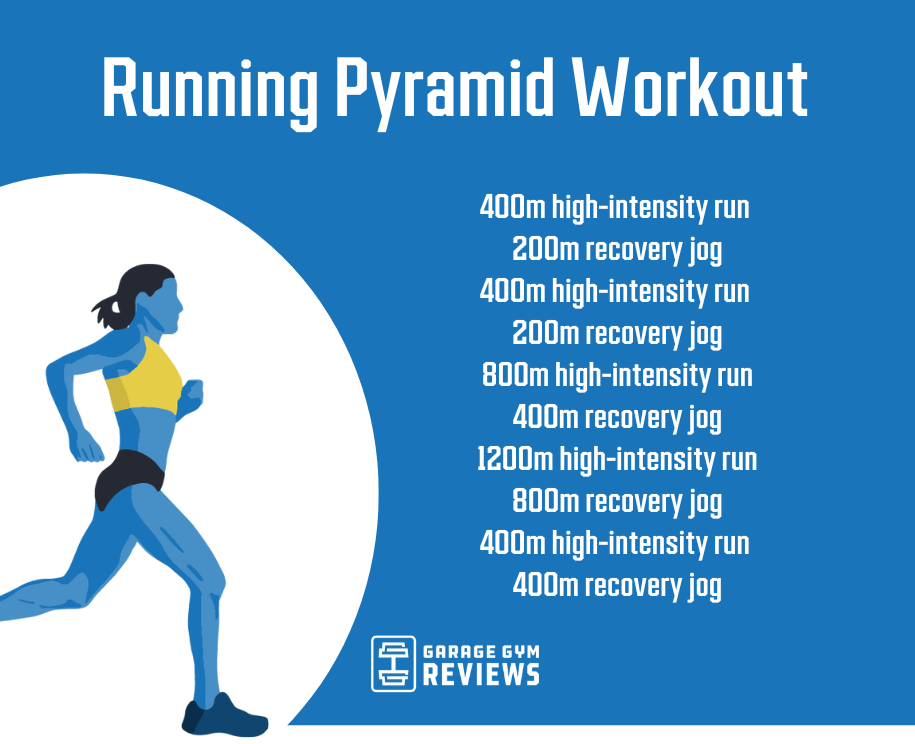How to stop and Handle Pain in Running: Expert Tips and Advice
The pursuit of that jogger's high can in some cases be impeded by the undesirable friend of discomfort. There exist proven methods and professional recommendations that can help alleviate and take care of these pains, enabling you to focus on the delight of running itself.
Importance of Correct Shoes
Proper shoes plays an essential role in avoiding and managing pain for runners, as it substantially affects their comfort, performance, and general foot wellness. When it comes to running, using the right footwear can make all the distinction. Uncomfortable or improper footwear can cause a host of concerns such as sores, shin splints, plantar fasciitis, and a lot more serious injuries like stress and anxiety fractures.
Choosing the appropriate operating footwear entails taking into consideration factors such as foot type, gait auto mechanics, running surface, and individual choices. Joggers with high arcs might call for even more padding and assistance, while those with flat feet might take advantage of stability shoes. Furthermore, comprehending pronation (the internal rolling of the foot) and supination (the exterior rolling of the foot) can aid in choose shoes that provide the right level of arch assistance.
Investing in high quality operating footwear that are proper for your private requirements can assist stop discomfort and discomfort while improving your running experience. Prioritizing proper footwear is not almost efficiency yet additionally concerning guarding your foot wellness over time.

Efficient Warm-up Strategies
A vibrant workout routine prior to a run aids enhance blood flow to the muscular tissues, enhances flexibility, and enhances the array of movement of the joints. Dynamic stretches like leg swings, high knees, and hip circles are helpful in preparing the body for the physical demands of running.
In addition to vibrant stretches, including some light cardio exercises such as running or avoiding rope can further boost the heart price and heat up the body. This mix of vibrant stretching and light cardio aids loosen tight muscles, lube the joints, and mentally prepares the jogger for the upcoming workout (running strategy). By making warm-ups a regular part of your running regimen, you can significantly minimize the threat of injuries and execute at your ideal throughout each run
Secret Stretching Workouts
When getting ready for a run, incorporating essential stretching exercises is necessary to enhance muscle mass adaptability and protect against injuries - Read More. Dynamic extends such as leg swings, high knees, and hip circles are advantageous for warming up the muscular tissues and enhancing variety of activity before a run. These activities aid enhance blood circulation, loosen limited muscular tissues, and prepare the body for the task ahead
Fixed stretches like calf stretches, hamstring stretches, and quadriceps stretches must adhere to a go to assist in muscle recuperation and stop rigidity. Holding each stretch for 15-30 seconds allows the muscles to loosen up and elongate, decreasing the danger of post-run pain and potential injuries.
Additionally, incorporating yoga exercise positions like downward pet dog, pigeon position, and back twists can target numerous muscle teams all at once, promoting overall flexibility and stamina. Consistent stretching regimens not just boost efficiency but additionally assist in preserving great running form and preventing overuse injuries. Remember, correct extending strategies are critical for a risk-free and pleasurable running experience.
Recuperation and Rest Approaches
After finishing a run, implementing reliable healing and remainder techniques is essential for making the most of efficiency and decreasing the risk of injuries. One critical facet of recuperation is enabling the body time to rest and repair itself. Ample sleep is paramount as it is during remainder that muscular tissues recoup and grow stronger. In addition, including remainder days right into your training routine is crucial to stop overuse injuries and burnout.
Energetic healing techniques such as gentle stretching, foam rolling, and yoga can aid enhance flow, decrease muscle mass soreness, and boost versatility. It is additionally advantageous to prioritize hydration and nutrition post-run to replenish electrolytes, glycogen stores, and advertise muscle healing.
Cross-training tasks like swimming or cycling can give a break from the recurring browse around here effect of running while still keeping cardio fitness - running workout. Listening to your body and acknowledging when it requires a break is essential to avoid chronic injuries and making certain long-lasting running success. Bear in mind, rest is not a sign of weakness but a critical part of an all-round training regimen
Cross-Training Conveniences

Moreover, cross-training help in preventing mental exhaustion by adding selection to your exercise regimen, keeping you motivated and participated in your health and fitness journey. It enables you to deal with different elements of fitness that might not be targeted exclusively through running, bring about an extra balanced and versatile athlete. Additionally, cross-training can assist boost running efficiency by dealing with muscle imbalances and weaknesses that may prevent efficiency. Generally, integrating cross-training into your routine can cause improved endurance, speed, and total athletic performance while lowering the probability of injury.
Conclusion
To conclude, proper footwear, warm-up techniques, stretching exercises, healing methods, and cross-training are necessary parts in stopping and taking care of pain in running. By incorporating these techniques into your regimen, you can minimize the threat of injury and pain while optimizing efficiency and enjoyment of the sport. Read More. Bear in mind to listen to your body, focus on rest and recovery, and seek expert guidance when required to make sure a safe and efficient running experience
Comments on “Running Workout Techniques: Strategies to Enhance Stamina and Speed”